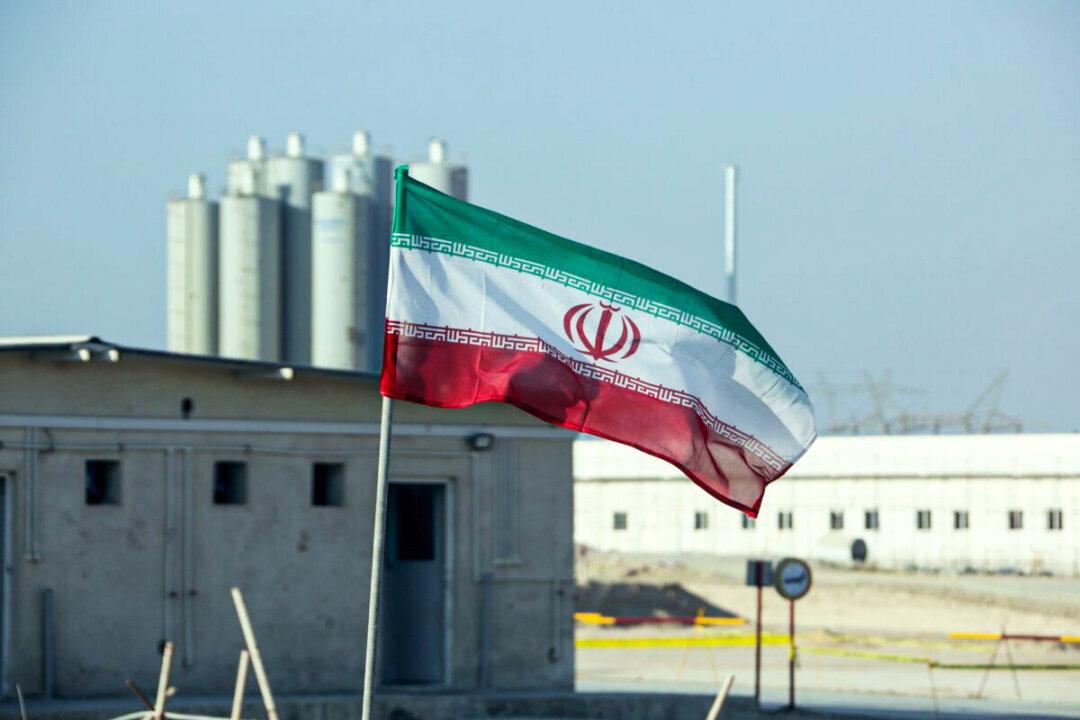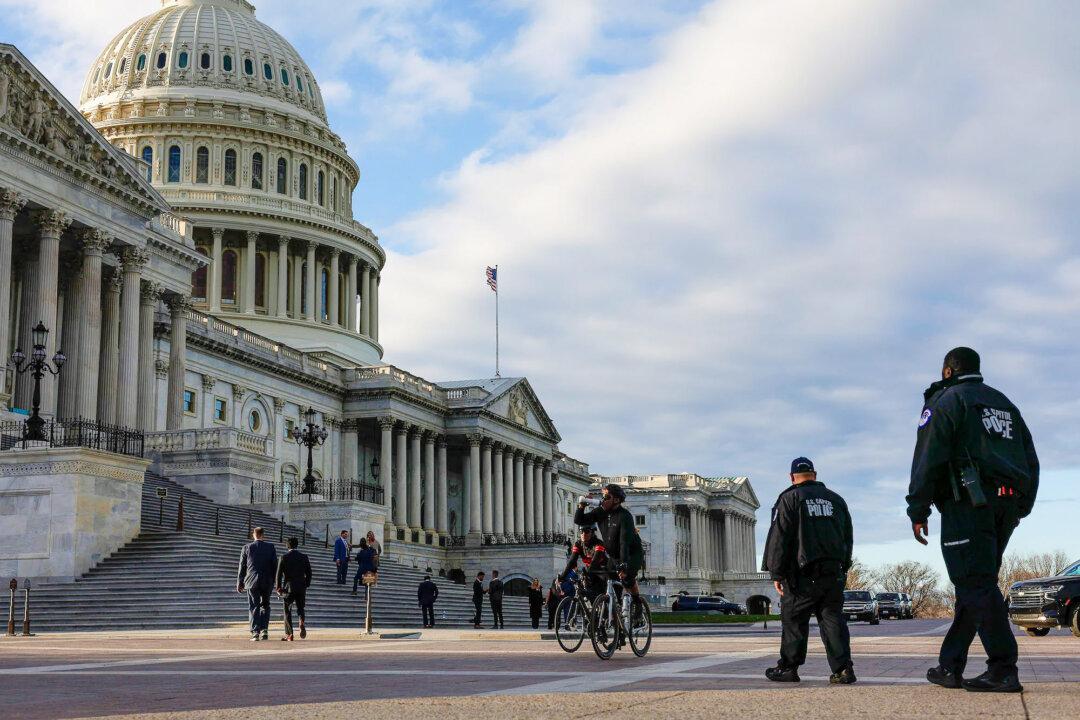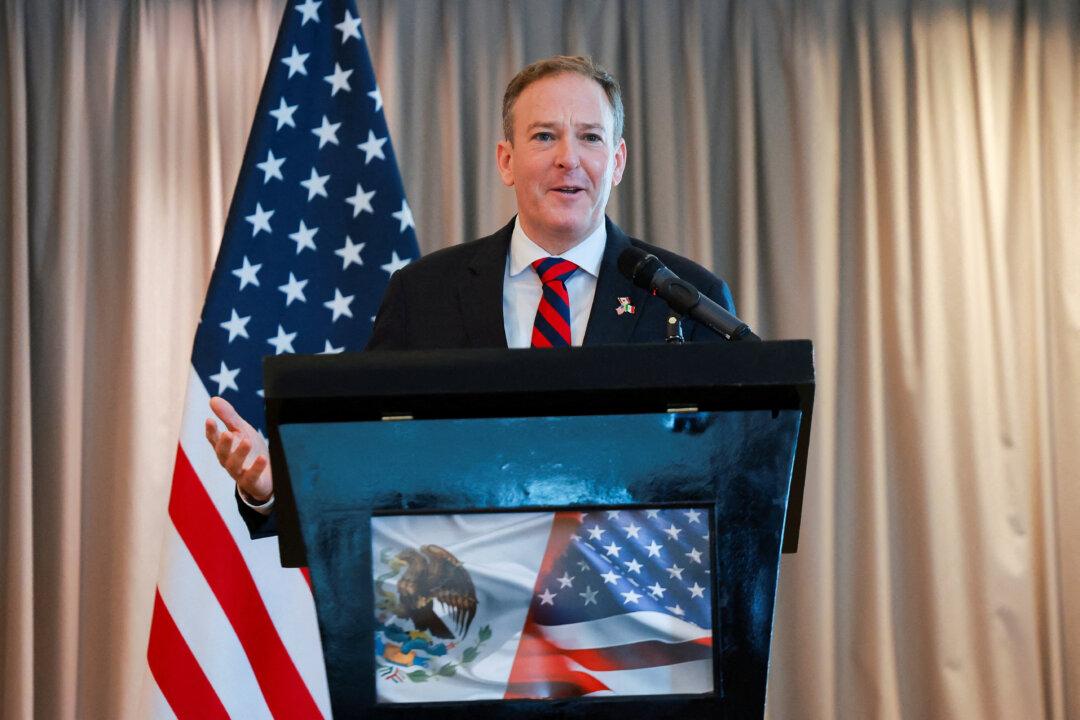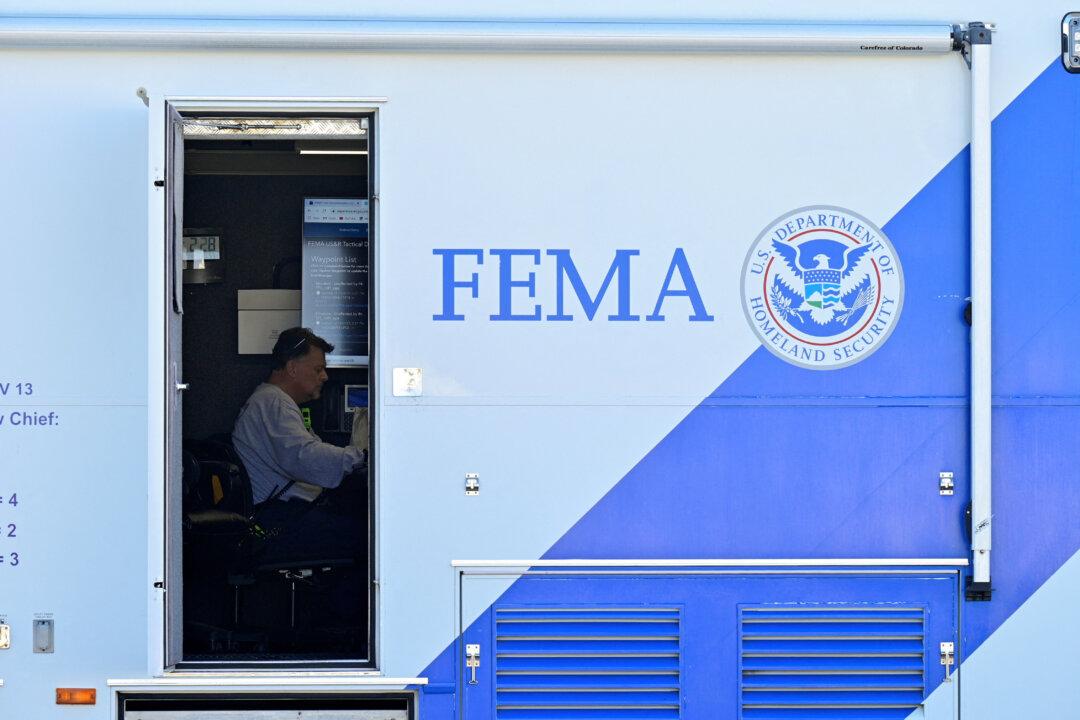Iran has begun building a 300-megawatt nuclear power plant in the southwestern province of Khuzestan, which is expected to cost about $2 billion, the country’s atomic energy agency stated on Dec. 3.
Mohammad Eslami, head of the Atomic Energy Organization of Iran, said the new power plant is being built in the Darkhovin district of Khuzestan using a pressurized water reactor fueled with 4 percent uranium.





